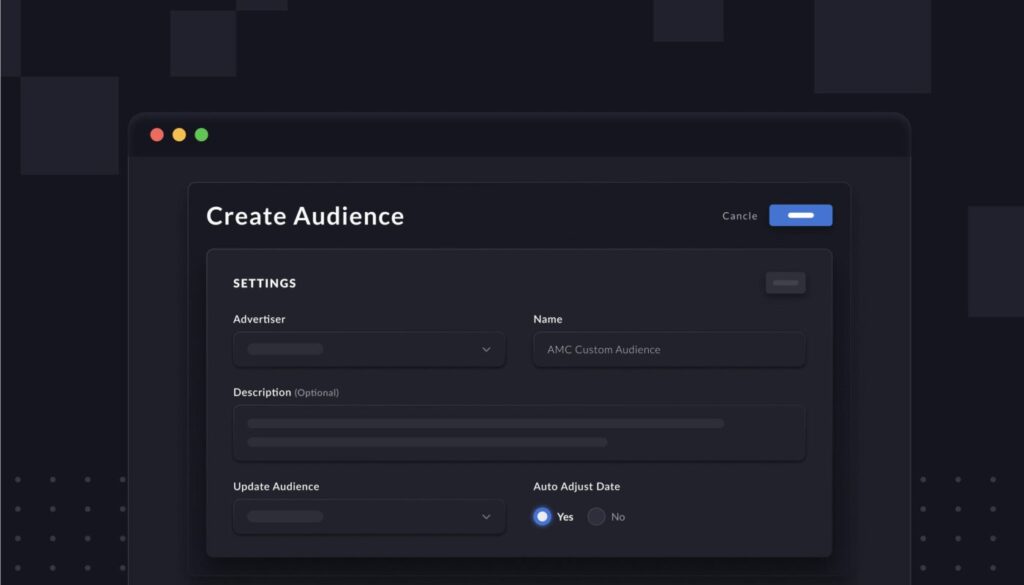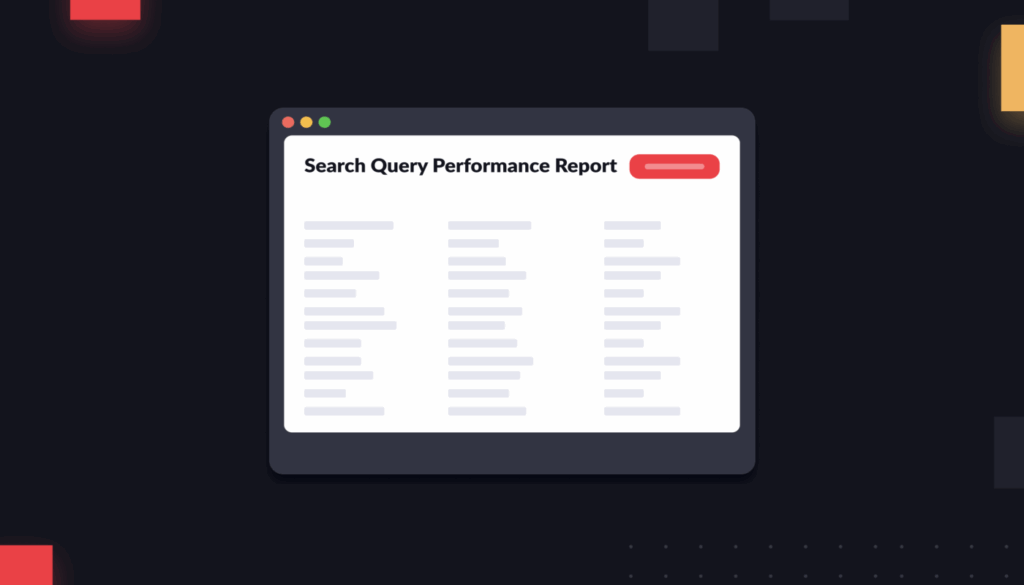Starting today and continuing through the end of the year, Amazon is making audience creation in some of its subscriptions in Amazon Marketing Cloud available for free.
This is a big deal for anyone who uses AMC or is considering using AMC.
Historically, the data sets available AMC have been divided into two major categories: There are the ad-attributed data sets that are available by default in AMC, and then there are the Paid Features.
The free version of AMC is still one of the most powerful measurement and envisioning platforms out there. But the paid Amazon Insights subscription gives you next-level data.
In particular, Amazon’s subscription packages give you new insights about your audiences (called Audience Segment Insights) and full organic data sets (called Flexible Shopping Insights).
Now, anyone who uses AMC can create audiences—note that this just applies to audiences, not queries—in both at no charge. Here’s what that means for you.
What do these subscription shopping insights do?
Technically, Amazon is removing the paywall for audience creation from two subscription data sets: Flexible Shopping Insights and Audience Segment Insights. We’ll take them one by one.
First up, Flexible Shopping Insights.
One of the key benefits of Amazon Marketing Cloud is that it lets you track the same shopper across all of their different touchpoints with you.
There’s just one limitation: The traditional free version of Amazon Marketing Cloud only tracks actions that are ad attributed. So you can only see shopper actions—adds to cart, purchases, keyword searches, etc—that are traced back to an ad impression.
What the Flexible Shopping Insights does is open up all of these organic shopper actions. Suddenly, you can locate all of the shoppers who bought from you without ever seeing one of your ads, for instance.
Or let’s say someone buys a product from you that is ad attributed, but then they take some organic action weeks later. Maybe they buy your product again, or they buy a cross-sell, or they opt to Subscribe & Save.
If the attribution window has run out, you wouldn’t be able to see these later actions. So you wouldn’t know that the one ad led to all of these further shopper engagements.
What can organic shopper data in AMC unlock for my business?
These organic data sets are the only way to craft audiences around some key metrics:
Customer Long-Term Value. You need organic data to calculate how much your average customer ultimately spends on your brand over the course of their lifecycle. If your CLTV is high, that means something is working.
The beauty of AMC is that you can go further than just calculate an average CLTV. You can actually segment shoppers based on their CLTV. You can sort your shoppers into high vs. low CLTV, and run different campaigns—and spend different amounts of money—depending on where each group falls.
Shoppers with high organic purchases. As powerful as Amazon ads are, you can almost certainly bet that there’s a big group of shoppers who are buying from you, over and over, without ever seeing your ad. Who are those shoppers? Now you can find out.
You can do whatever you want with this group of organic shoppers. Maybe you want to exclude them from your DSP campaigns, since they’re already buying organically. Or maybe you want to pitch them hard on a newly launched product, or a big upsell you have in mind. The sky’s the limit.
Ad-exposed vs. non-ad-exposed shoppers. Want to reach people who’ve never seen one of your Sponsored Ads? You can create separate audiences of non-ad-exposed shoppers who typed in a specific keyword vs. ad-exposed shoppers who typed in that keyword.
Is there a meaningful difference in how often the two audiences convert? If not, those ads may not be doing as much as you think.
Post-Prime Day re-targeting. The goal of a big sales event, like Prime Day or Black Friday, is to bring in a bunch of new shoppers into the fold of your brand. (Here are some good audiences to create for these sales events, by the way.)
The thing is, though: A lot of those shoppers will probably buy from you organically, since they’ll see your Lightning Deal featured somewhere on Amazon.
Those organic shoppers have historically been hard to follow up on. But no longer. With AMC’s Flexible Shopping Insights, you can create audiences of shoppers who bought from you organically on Prime Day or Black Friday.
Then, follow up with an upsell or cross-sell in a few weeks.
What about Audience Segment Insights?
The other AMC subscription package that is now paywall-free is called Amazon Audience Segment Insights.
Basically, Amazon Audience Segment Insights helps you understand more deeply where your shoppers come from, so you can better target your top-of-funnel campaigns.
For example, let’s say you sell vacuum cleaners, and you want to run a big streaming TV campaign. You might think to target people who recently searched for vacuum cleaners—but that audience is way too narrow for a TV campaign.
Instead, you might look at the Audience Segment Insights report to see that your recent customers were 4x more likely to be in-market for “Pet & Animal” products. Then, add shoppers who are in-market for the “Pet & Animal” category to your targeting.
For now, Audience Segment Insights only gives you Life Style and In Market audience segments.
What does all this mean for my use of Amazon Marketing Cloud?
If you spend on DSP, you should probably be rushing to make an AMC instance. The reality is, with these subscriptions available at no charge throughout 2024, you can create pretty much any audience imaginable.
This is a truly exciting opportunity to learn far more about your Amazon shoppers than you ever thought possible
Our advice: Don’t let it pass you by.

![[AMC] Blog Post (1) [AMC] Blog Post (1)](https://www.intentwise.com/blog/wp-content/uploads/elementor/thumbs/AMC-Blog-Post-1-scaled-qpsoca63w1g66jntnv6hl6xka2jtnfoit5xvs2qr0g.jpg)





